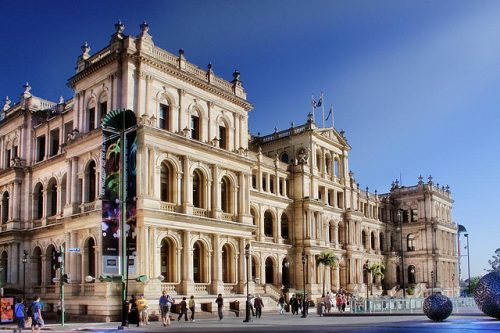Discover Brisbane: A Historical Journey
Brisbane, the capital of Queensland, is a city steeped in history and rich in culture. As you walk through its bustling streets and explore its iconic landmarks, you’ll discover stories that have shaped this vibrant metropolis. From its indigenous roots to its development as a modern city, the history of Brisbane is both fascinating and deeply influential.
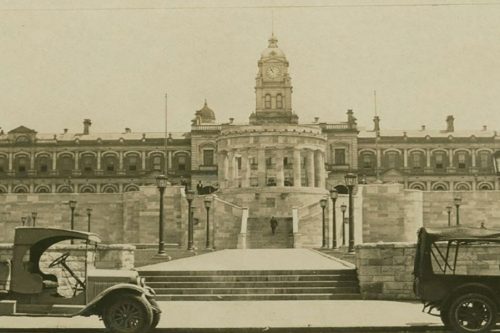
Indigenous History of Brisbane
Long before European settlers arrived, the area now known as Brisbane was home to the Turrbal and Jagera peoples. These Indigenous Australians have lived in the region for thousands of years, with the Brisbane River, known to them as “Maiwar,” being a central part of their lives. The land was called “Meeanjin,” which means “place shaped like a spike.” Their deep connection to the land is evident in the many cultural sites and stories that still resonate today.
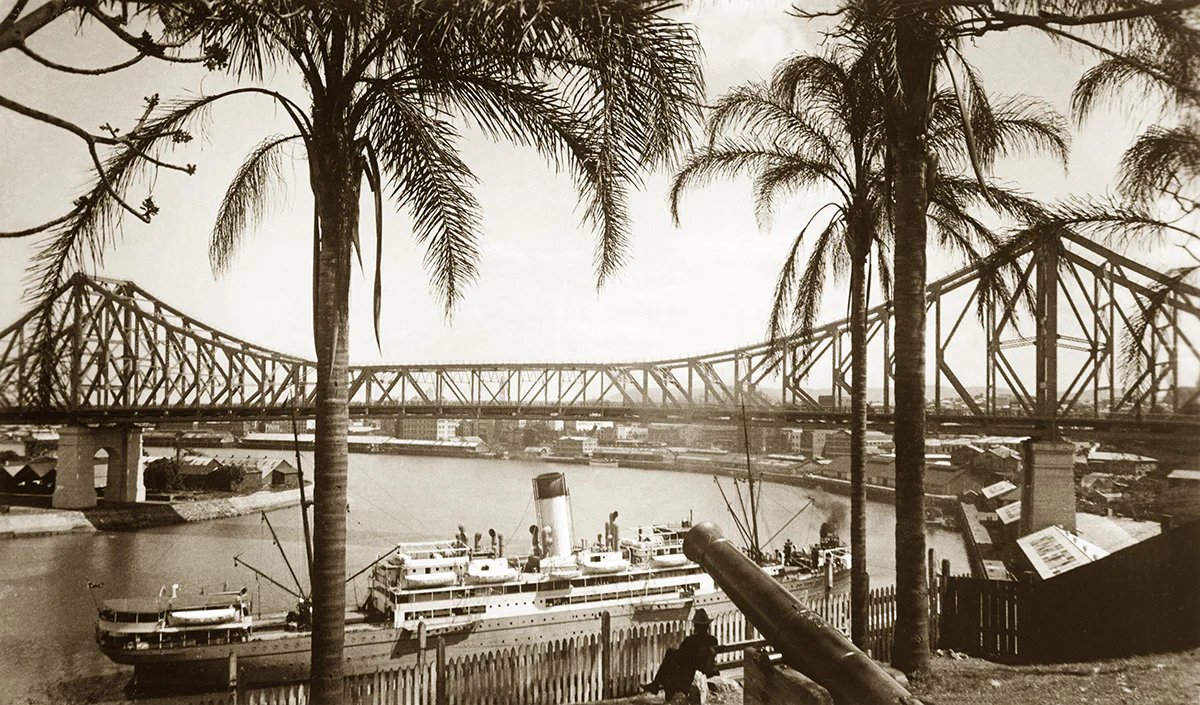
European Settlement and Penal Colony
The first European to explore the Brisbane area was Lieutenant Matthew Flinders in 1799, during his circumnavigation of Australia. However, it wasn’t until 1823 that the area began to be considered for a settlement. That year, a group of shipwrecked timber getters, including John Oxley, discovered the Brisbane River. Impressed by the fertile land and fresh water, Oxley recommended it as a site for a new penal colony.
In 1824, the Moreton Bay penal colony was established at Redcliffe, north of Brisbane, but was moved to the current Brisbane location in 1825 due to a lack of fresh water. The colony was intended to house the worst convicts from Sydney, and life was harsh and brutal for the inmates.
Transition to a Free Settlement
The penal colony was closed in 1839, and free settlers were allowed to move into the area starting in 1842. Brisbane began to grow rapidly as more settlers arrived, attracted by the opportunities in agriculture and trade. The town was named after Sir Thomas Brisbane, the Governor of New South Wales from 1821 to 1825.
Becoming the Capital of Queensland
When Queensland was separated from New South Wales in 1859, Brisbane was chosen as its capital. This was a period of significant development for the city. Infrastructure improved, new buildings were constructed, and the population grew. The arrival of immigrants from Europe and Asia brought diversity and contributed to the city’s expansion.
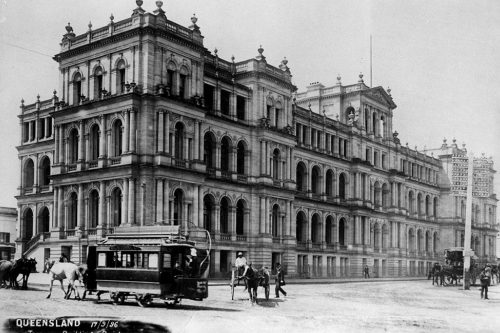
Economic and Social Development
The late 19th and early 20th centuries were transformative for Brisbane. The construction of key infrastructure such as bridges, railways, and ports facilitated trade and transportation, bolstering the local economy. The city became an important center for the wool, mining, and agricultural industries.
During World War II, Brisbane played a crucial role as a base for Allied forces in the Pacific. General Douglas MacArthur, the Supreme Commander of Allied Forces in the Southwest Pacific, established his headquarters in the city, which significantly boosted Brisbane’s strategic importance.
Post-War Growth and Modernization
The post-war years saw Brisbane expand and modernize rapidly. The construction boom of the 1950s and 1960s transformed the city’s skyline, while the hosting of the Commonwealth Games in 1982 and World Expo 88 put Brisbane on the global map. These events brought international attention and led to further development, including the revitalization of South Bank, which became a major cultural and recreational precinct.
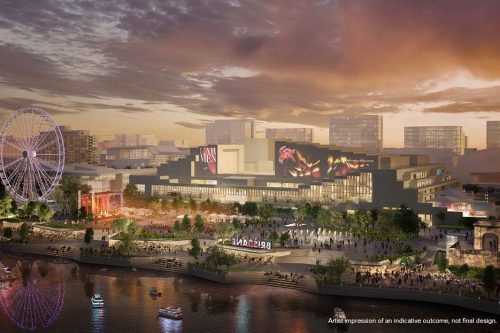
Preserving Heritage
Despite its modernization, Brisbane has retained many historical buildings and sites that offer a glimpse into its past. The Old Windmill in Wickham Park, built by convicts in 1828, is the oldest surviving building in Queensland. The heritage-listed City Hall, with its grand clock tower, remains a central landmark and a symbol of Brisbane’s civic pride.
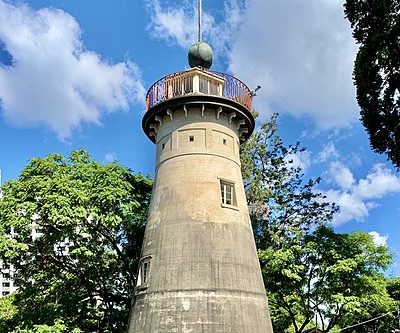
The Treasury Building, once the hub of the state’s financial administration, has been transformed into a vibrant entertainment complex, housing a casino, restaurants, and hotels. Walking through its grand halls, one can still feel the echoes of its historical significance.
